Known to the CIA long before the assassination of JFK
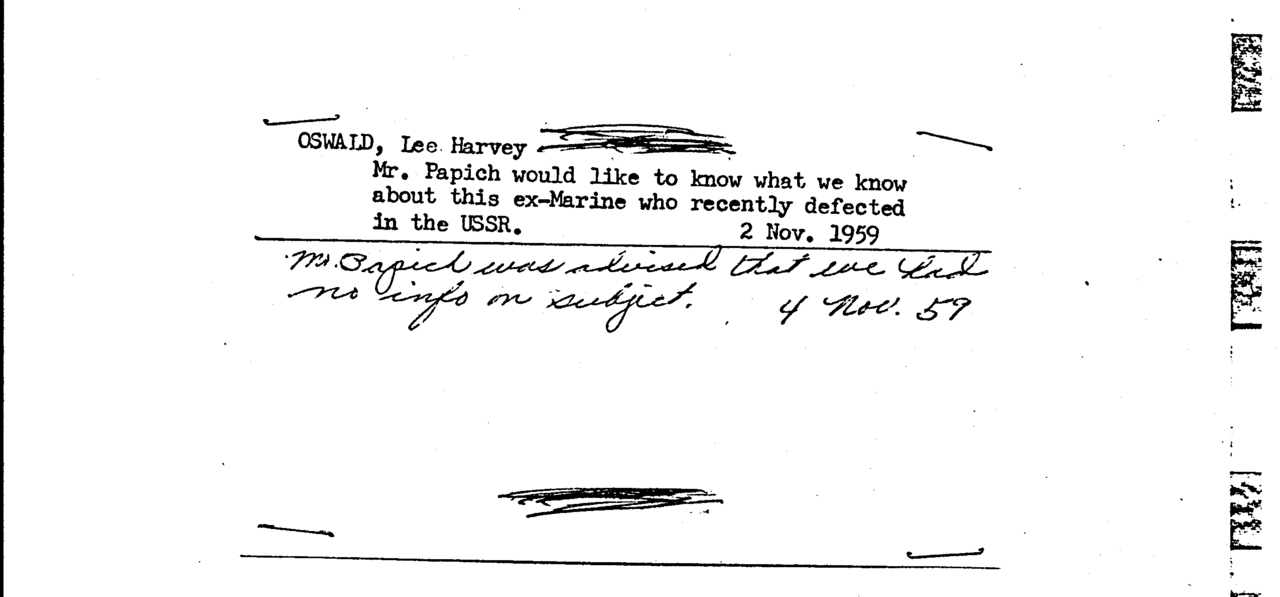
After the assassination of Kennedy, the CIA declared that they only opened a file on the alleged shooter after the shots in Dallas. CIA Director John McCone stated in June 1964 to the Warren Commission: ‘Oswald was not an agent, employee, or informant of the CIA. The intelligence agency never contacted him, never interviewed him, never talked to him, or received information from him. Oswald was never directly or indirectly associated with or related to the CIA.’ He was not known to the CIA. However, the CIA was well aware of who Lee Harvey Oswald was, from the moment he betrayed his country by emigrating to the Soviet Union. Contacts with him existed since October 1959.
When Oswald, upon his arrival in Moscow, informed Richard Snyder of the U.S. embassy that he wanted to defect to the Russians, the U.S. authorities were immediately alerted. That was the protocol: an American defecting to the enemy had to be at least registered. However, with Oswald, there were more reasons. In Moscow, he threatened to share his highly sensitive knowledge about the American U-2 reconnaissance planes with the Russians. Oswald, thanks to his time at the Atsugi airbase in Japan, possessed very reliable information. All alarm bells must have gone off in Washington DC.
Sam Papich was an FBI agent who maintained relations with the CIA. On Monday, November 2, 1959, he called the CIA for information on a message he had received from the State Department. He spoke to an employee of the counterintelligence division, a direct employee of the head of that division, James Jesus Angleton. At the intelligence agency, they now learned for the first time about Oswald’s attempts to provide secret information to the Russians. Just twenty-seven hours after Oswald’s visit to the embassy in Moscow, the CIA received a document with the name Lee Harvey Oswald on it. On November 4, someone wrote under the note about the phone call: ‘Mr. Papich has been informed that we have no information about the defector.’ The document (see scan) was released in 1993.
From that moment, the name Lee Harvey Oswald was known at the CIA headquarters. CIA agents traveled undercover to California to question former colleagues of the Navy about the knowledge Oswald had regarding U-2 spy planes and radar equipment. A large investigation into the possible consequences of Oswald’s defection to the enemy was launched. The leader of the investigation was Birch O’Neal, head of the Special Investigation Group, a division within Angleton’s division. Such investigations by the CIA have always been denied by the organization but came to light after many files were made public in the early 1990s. And this, while in 1964, the Warren Commission declared that not much was known about Oswald before the JFK murder. These early investigations, however, as it will be revealed, are just the tip of the iceberg.
At that time, Lee Harvey Oswald also ended up on a very select list of 300 names, all part of the secret and highly illegal CIA project HT/LINGUAL. Oswald was added to the so-called ‘Watch List’ of this program on November 9, 1959, causing all his mail to be opened and checked for content. They failed to mention this to the Warren Commission after the murder, but fortunately, this action by Angleton’s counterintelligence division came to light later. The card with, among other things, the HT/LINGUAL code CI/PROJECT/RE, released in 1994, was again proof of excessive interest in Oswald long before the murder in Dallas. See scan.
Gary Powers was an American pilot who, on behalf of the CIA, flew his U-2 spy plane over Soviet territory to photograph military objects. His plane was shot down on May 1, 1960, and Powers had to allow himself to be captured. Russian-American relations plummeted to below freezing. Immediately after the incident, the CIA closed all its operations from Atsugi, even though Powers did not fly from that Japanese city. John Newman extensively researched the intelligence agency’s archives in his book Oswald and the CIA and could come to only one conclusion: “The only connection between Powers and Atsugi was the traitor who threatened to reveal his secrets earlier in Moscow. The Oswald dossier must have figuratively lain prominently on the desks of the highest CIA officials at that time. Nonsense that they only knew his name after Kennedy’s murder.”
In late 1960, the CIA’s interest in young Lee Harvey Oswald received a new stimulus. Something remarkable happened. On February 13, 1961, the U.S. embassy in Moscow received a letter from Oswald, from his new residence in Minsk. Ambassador Richard Snyder later stated that he had not heard from Oswald for a year before opening the letter. Kennedy had been president of the United States for three weeks. Whether the fresh breeze in his homeland gave his new desires a boost is only speculation, but Oswald stated in the letter that he wanted to return to the United States. He wrote that he wanted his passport back and he wanted the guarantee that he could return to his homeland safely without being prosecuted for treason. He also wrote angrily that no one had responded to his first letter in December 1960. He referred to a letter withheld by the KGB that reappeared only in 1991, after the fall of communism. The embassy had never received that letter. Before February 13, the consulate staff in Moscow did not know exactly where Oswald was, let alone that he wanted to return to his homeland. However, the CIA already knew about Oswald’s desire before that time. In a statement from the intelligence agency on September 18, 1975, released in 1992, it was stated that they became interested in Oswald again in December 1960 because they heard about a possible return. On December 8, they officially created a personal file, a so-called ‘201 file.’ With the statement in 1975, the CIA now admitted that they had information at the time that they shouldn’t have had yet. In December 1960, they already knew what they officially could only know in February 1961. The slip of the tongue in the CIA statement came from George Kalaris, the successor to James Angleton. How did the CIA prematurely get information that Oswald wanted to return to the U.S.? They must have heard it from him.
Incidentally, the CIA has never been able to explain why the official personal file was only created more than a year after Oswald’s emigration. He was known as a dangerous defector and was on the exclusive Watch List of project HT/LINGUAL. It is a mystery why the CIA, on the one hand, had so much interest in Oswald after his departure to Moscow but, on the other hand, only opened a personal ‘201 file’ a year later. An incomprehensible paradox. It is so unbelievable that it can be concluded that it was not indifference but a deliberately chosen strategy. The CIA’s counterintelligence division knew that Oswald was important enough to intercept his mail but decided, for unclear reasons, to keep him in the background for a while.
Oswald came into contact with several people with a proven history at the CIA in the last years of his life, both in Europe and in America. I wrote about the contacts in Europe here, an article on the contacts during his last years in America will follow later.


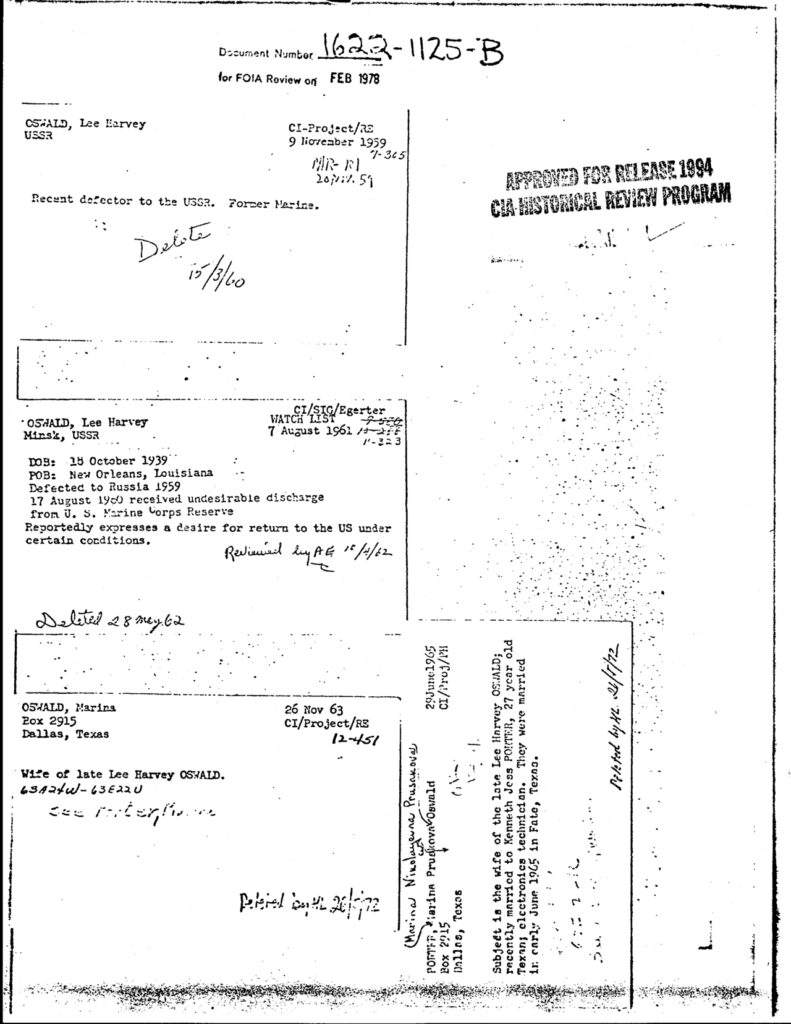
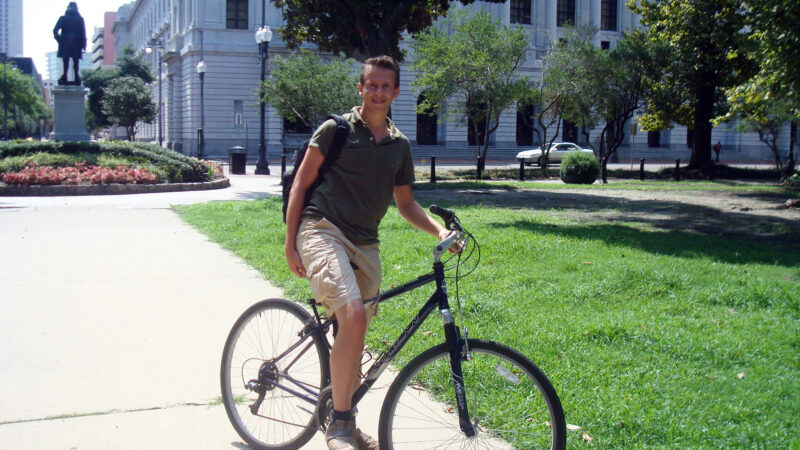
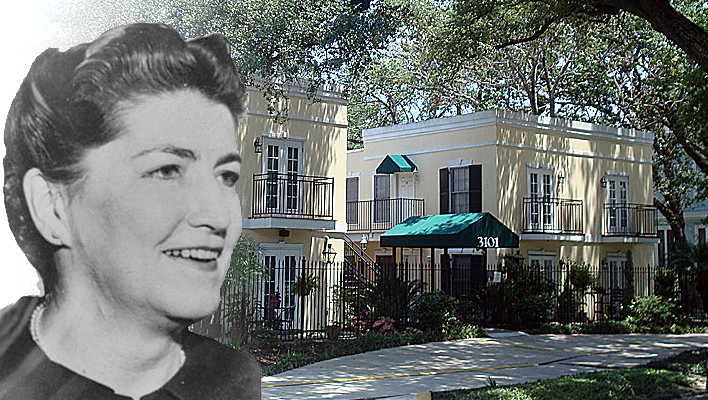
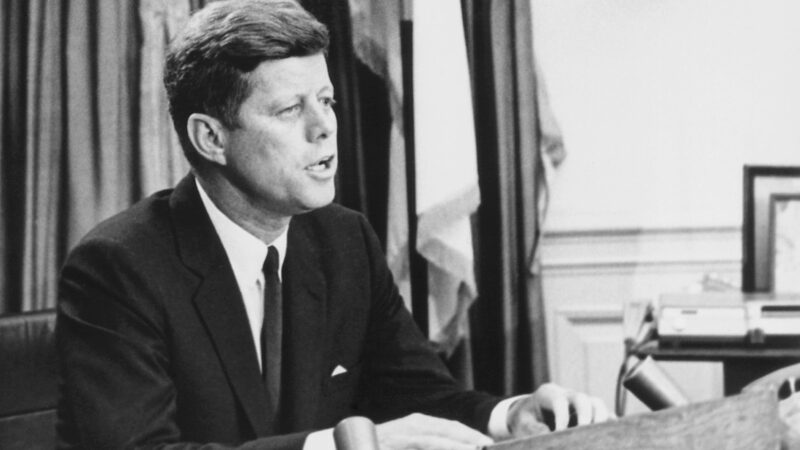
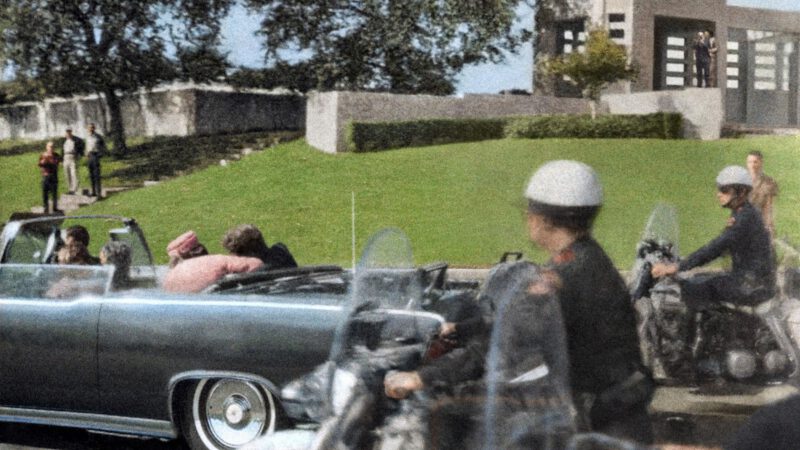
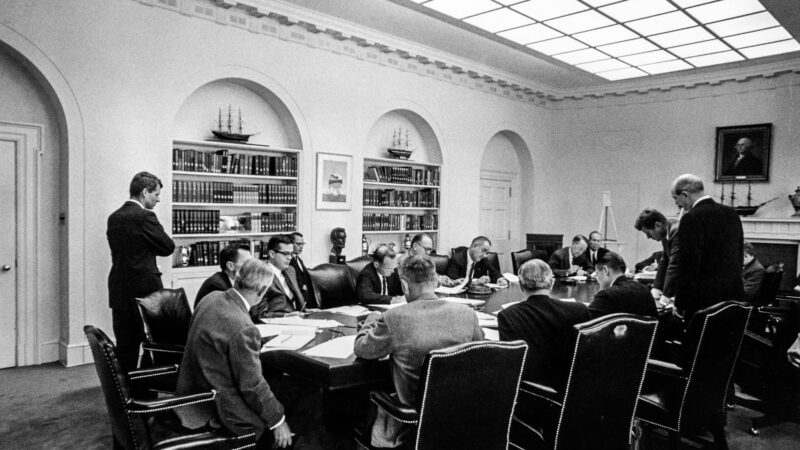
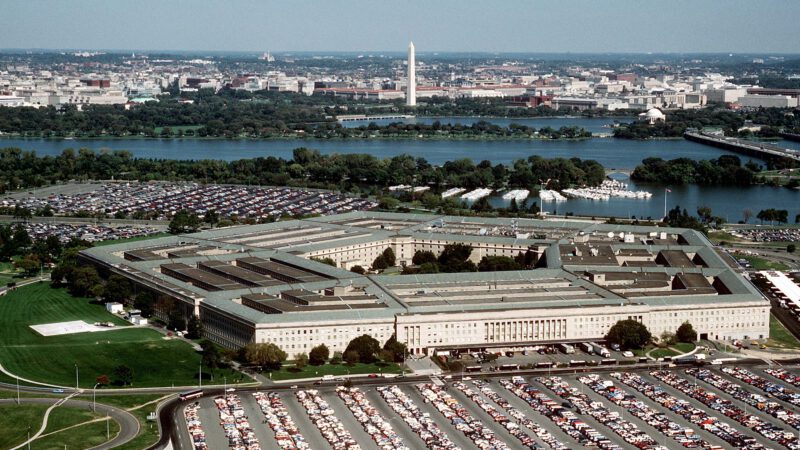
2 thoughts on “Known to the CIA long before the assassination of JFK”